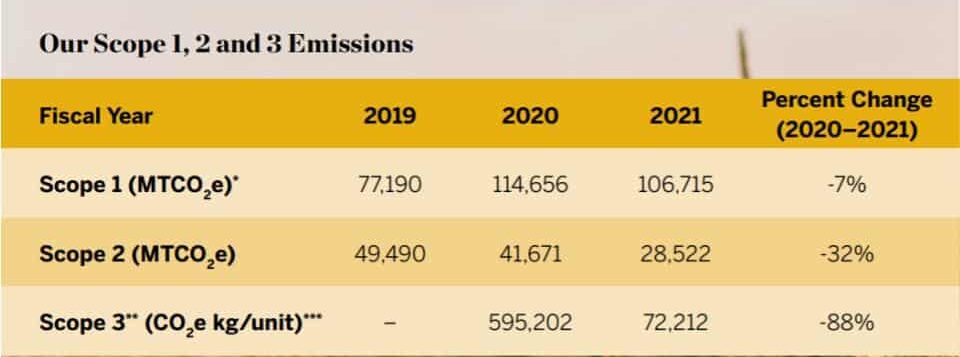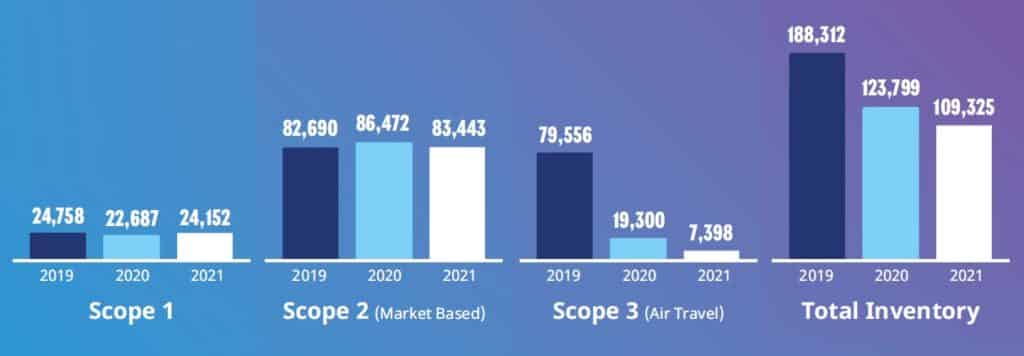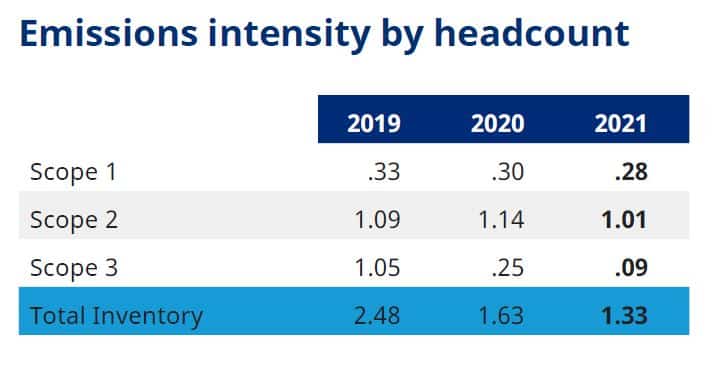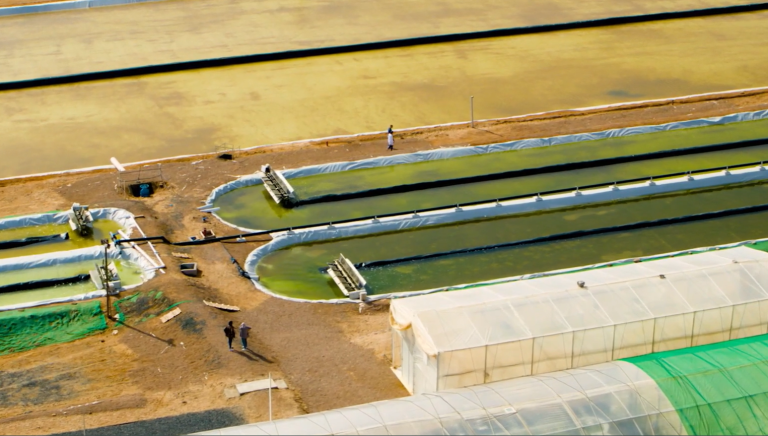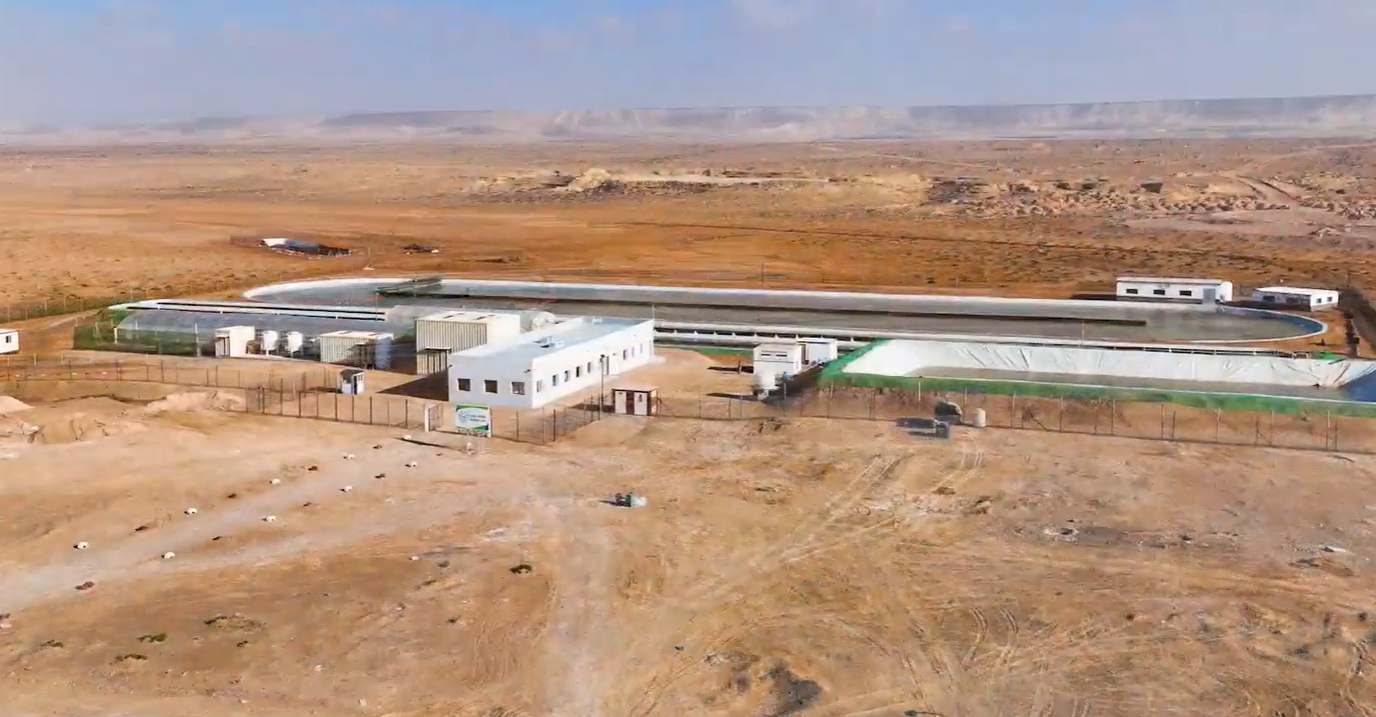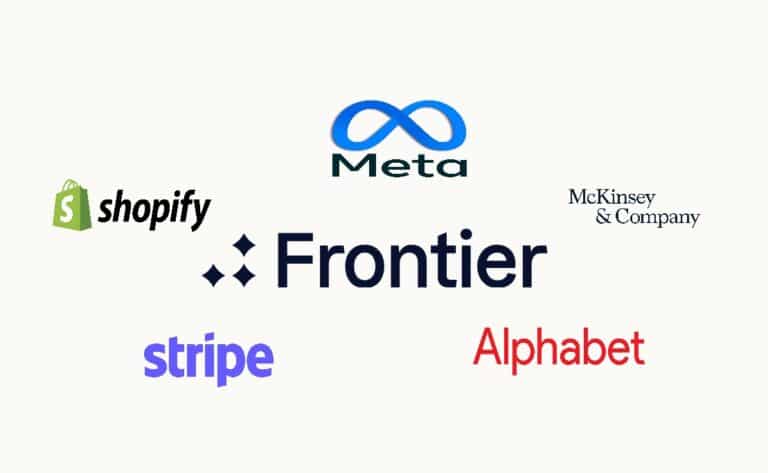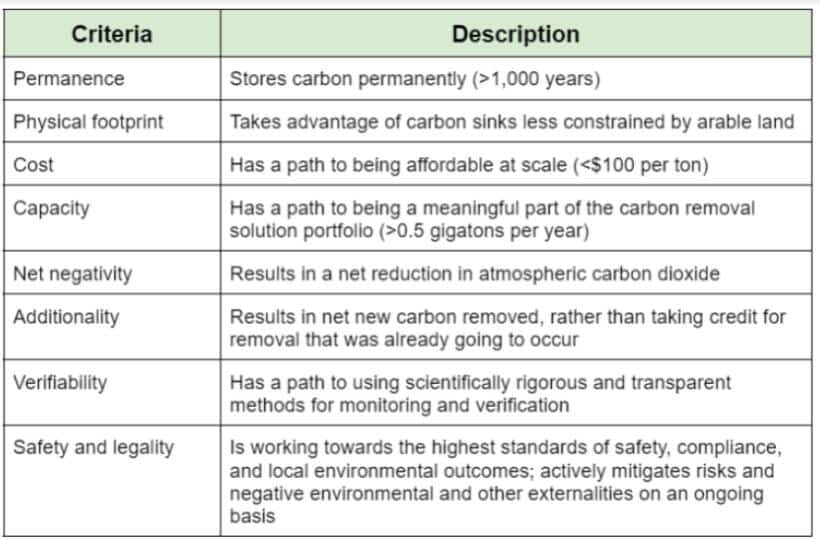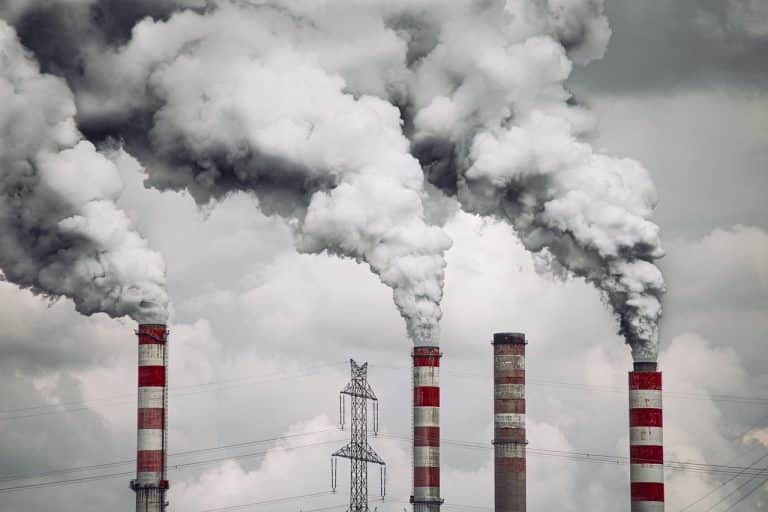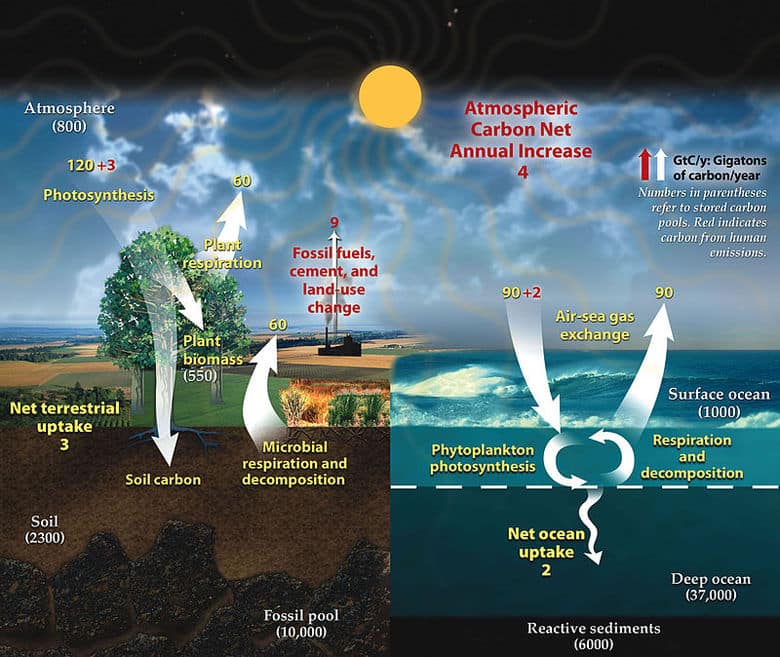South Pole, a Swiss carbon project developer, earned a Unicorn status while partnering with Swisscom.
Unicorn is a term used to refer to startup companies with a value of over $1 billion without going public. Any startup dreams to reach this valuation status and South Pole recently got it.
Carbon offset prices have increased by over 400% in the past year. This boosted the valuation of firms in the space while enticing lots of investments.
Swisscom’s minority investment in South Pole is one of them.
South Pole’s Carbon Project With Swisscom
South Pole started operations in 2006. Since then, it financed about 1,000 emission reduction projects in over 50 countries.
The company said that its founders and staff hold the majority share in the business.
After raising a couple of huge investments this year, the South Pole was able to reach more than $1 billion in value.
Some of them are from Singapore’s Temasek and the US’ Salesforce Ventures in February. And now, the climate solutions company is entering another partnership with Swisscom.
Swisscom is a major telecommunications provider in Switzerland. It took a minority investment in South Pole through a partnership on data digitization and sustainability.
World’s Largest Carbon Project Developer
In 2021 alone, South Pole closed deals to create over 60 new carbon projects worldwide. And it still aims to develop as many or more projects in 2022.
The firm holds a market share of about 20%, making it the world’s largest carbon project developer. It focuses on Asia where sources of carbon credit supply are huge.
While the company also trades carbon offsets, it’s not its core business. It uses trade only when offloading surplus volumes to intermediaries.
Likewise, it trades to buy certain credits on behalf of its business advisory clients.
Shifting its focus: From trading to providing solutions
Originally, South Pole’s core business was on carbon project development. But in the recent decade, the firm managed to create a massive climate solutions business.
This involves providing advice to about 3,000 companies on how to cut down their emissions.
Renat Heuberger, the company’s CEO, said that,
“The market value was solely in the upstream 16 years ago but it began to shift to the downstream from 2012.”
Currently, each of the two businesses (creating carbon projects and providing climate solutions) takes half of the firm’s activities. So, there’s now a balance between the two income streams.
Earlier this year, the carbon project developer made two key investments that boosted its market value. It acquired Carbonsink in Italy and invested in Sweden’s GoClimate.
The present partnership with Swisscom is on climate solutions. It is to help speed up South Pole’s investments in digitization and let its clients decide on a bigger scale.
Though trading carbon is one of its business activities, the company’s aim is more than that. It plans to focus on climate solutions where long-term investments from companies are pouring in.
After all, the biggest trend right now is investing in massive carbon reduction and removal solutions.
Original source: Quantum Commodity Intelligence



